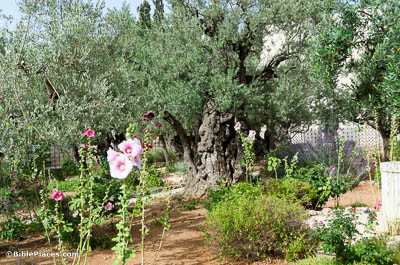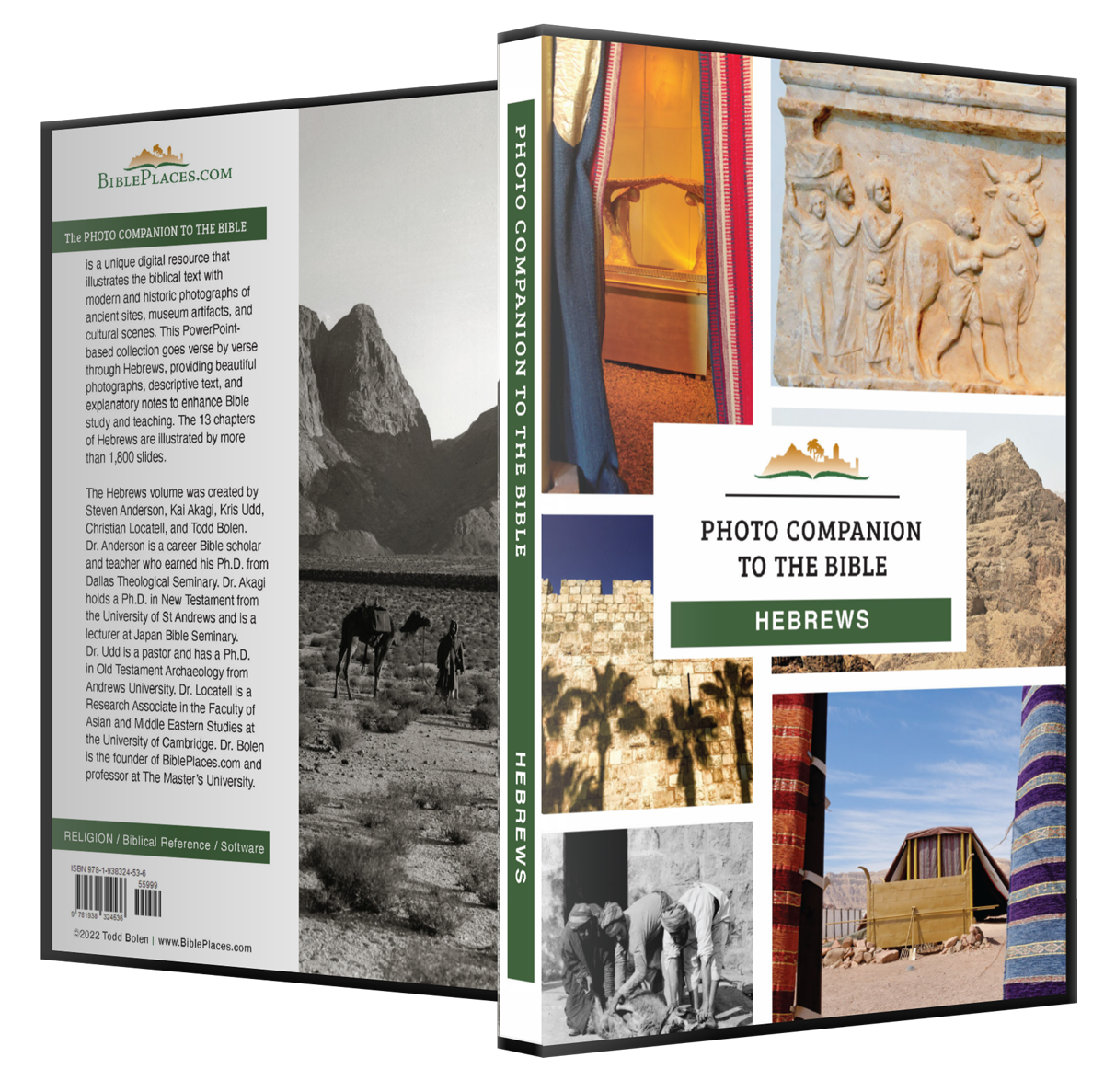Consider the Apostle and High Priest of our confession, Jesus (Hebrews 3:1).
The word “confession” (Gk. homologia) should be understood as a statement of allegiance, a profession of faith. Since the time of the early church, one of the means by which Christians have confessed their faith is the recitation and affirmation of creeds. This ostracon is inscribed with the Niceno-Constantinopolitan Creed, traditionally thought to have been articulated at the First Council of Constantinople in AD 381. It is written in Greek.





